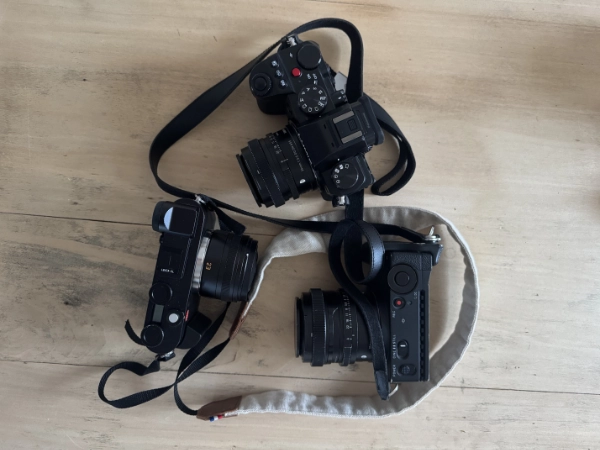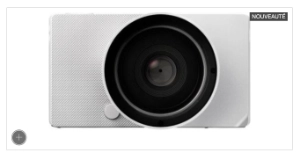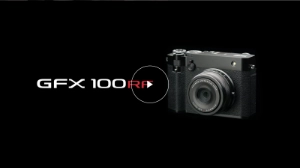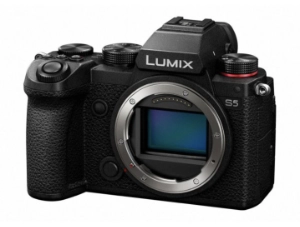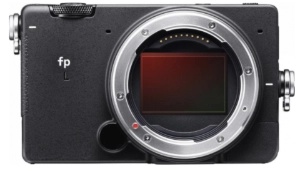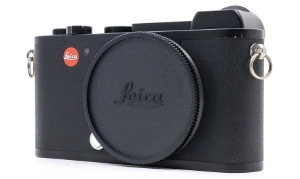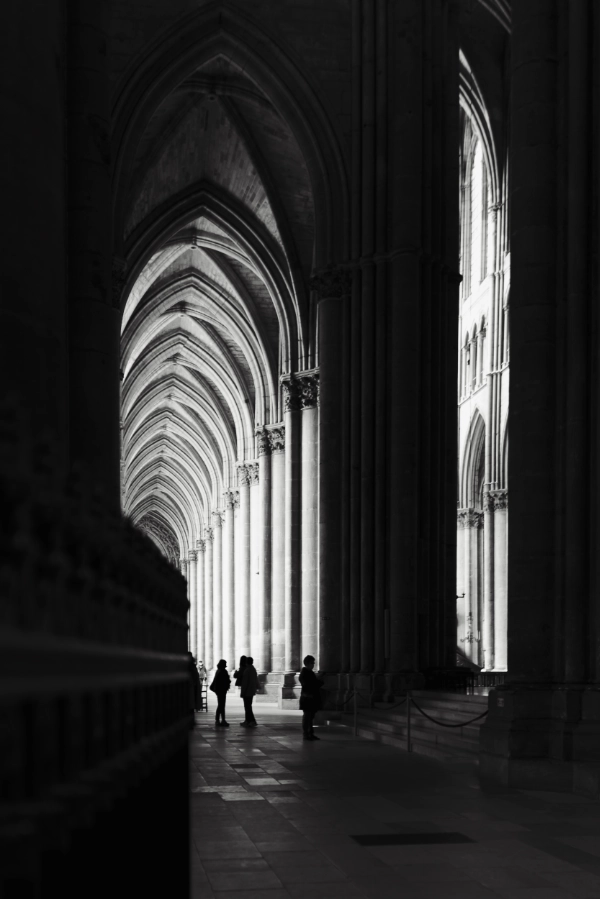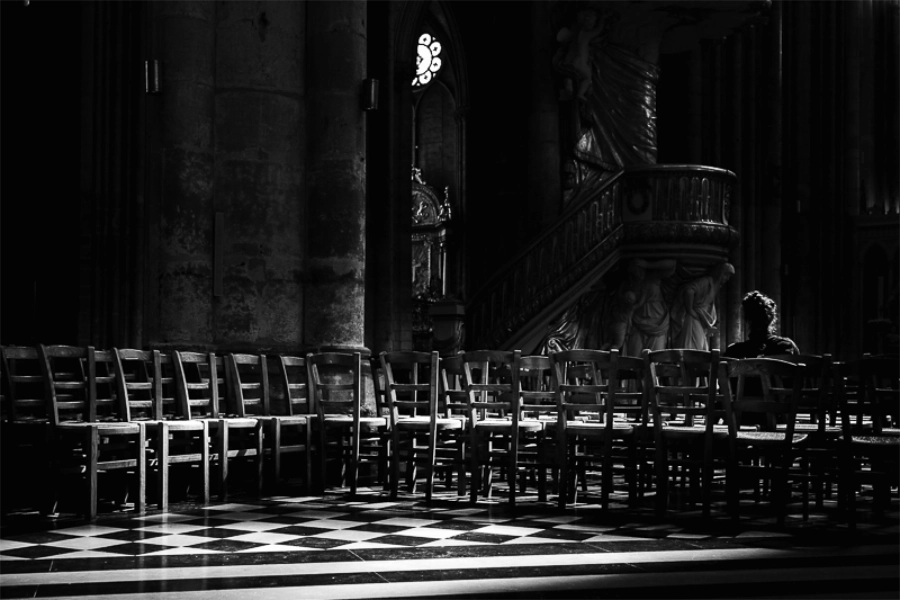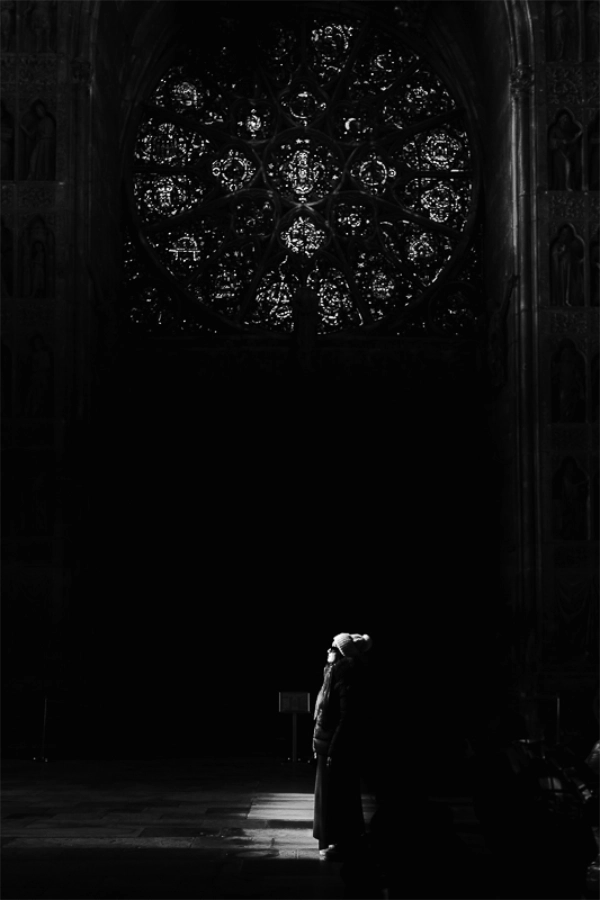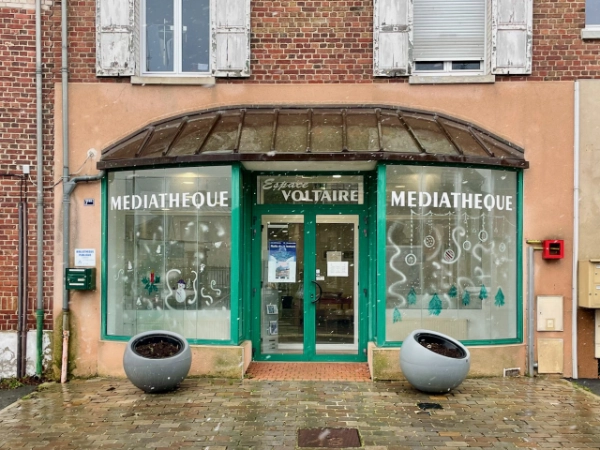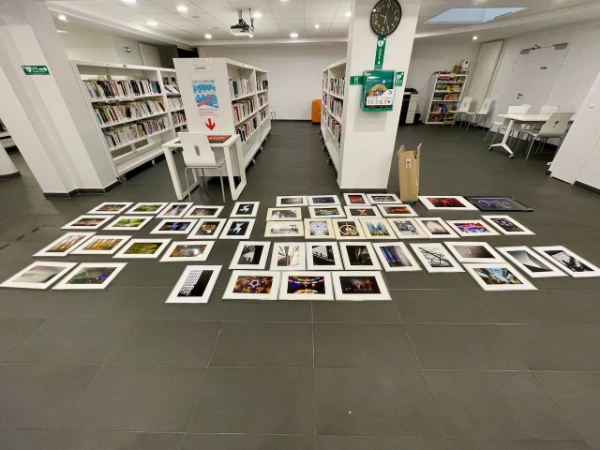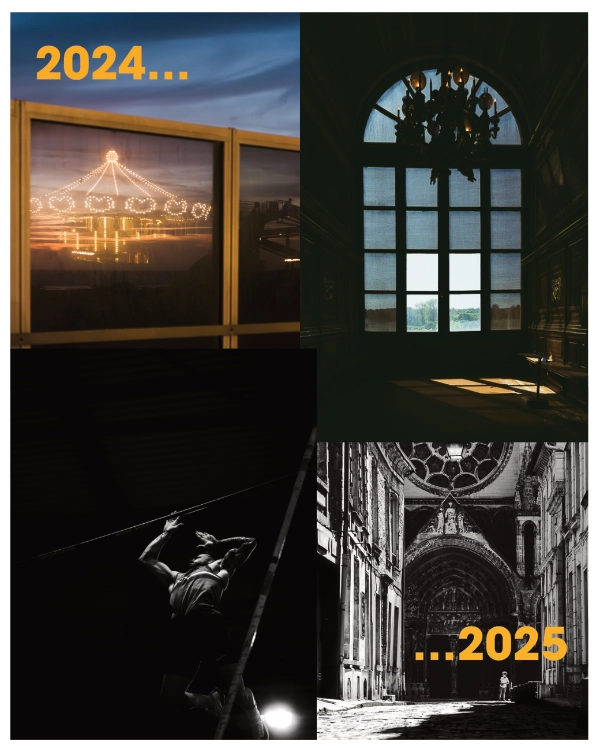Background
The recent announcements of the Sigma BF and Fujifilm GFX100 RF have generated a lot of enthusiasm and discussion, and rekindled a recurring question, beyond whether or not to buy them and whether or not to like them: what’s the best camera to buy when you’re into photography?
I too, in the course of my various photo workshops and discussions, am sometimes asked for advice on equipment and “good” cameras”, so I’ve decided to use my website to give my point of view and contribute my expertise on the subject.
This is an in-depth article, perhaps a little long, but I wanted it to be exhaustive, so don’t hesitate to take breaks or read it over several days !
The perfect camera doesn't exist
It’s important to understand that there’s no such thing as a “perfect” camera, i.e. one that perfectly meets all our needs, in every situation we may encounter in life. But that’s impossible.
Each model has its strengths and weaknesses, and the choice will depend on our specific needs and priorities.
For example, Sigma and Fuji :
The BF’s design is incredible, worthy of an “Apple” product, with a full-format sensor placed in a relatively light and compact body… But there is no mechanical shutter, only an electronic one, which could pose rendering problems in certain situations such as when the subject’s movement is very fast or in certain lighting conditions.
The GFX 100RF also has a superb design, very Fuji and a little retro, a medium-format sensor that offers exceptional image quality, a resolution of 102 million pixels… But it’s not an interchangeable-lens camera, the steerable screen is only in “landscape” mode, and the aperture is good but not as large as on many other lenses on the market.
These are just two examples, but the same could be said for any camera.
A camera body accompanied by a very good lens, all “profiled” for sports, will most likely form a rather heavy and cumbersome combo, which is not ideal for taking on all-day hikes or for those seeking discretion in street photography.
On the other hand, a RICOH GR-type camera or even a smartphone will be really great for people who like street photography or who just want to have a camera to put in their bag or pocket and take out for everyday life, but for wildlife photography it will probably be more difficult!
So, in the end, what makes you decide to buy this or that camera? Here’s my “reading grid” to guide you in your choice.
My guideline for choosing a camera
Once you’ve given up hoping for the perfect camera, and realized that no matter what, there will be compromises to make, it’s time to take action.
Here are my tips to help you along the way, without mentioning the budget, because in my opinion, these tips apply to all budgets:
Pleasure of use: Above all, a camera should be an object of pleasure. It must make you want to take it with you and use it, because you’ll find it beautiful, exciting, easy to handle, small, big, with lots of buttons for setting parameters, with a refined style… It’s up to you to define your “cracking” criteria more precisely!
When it comes to the ergonomics of the device’s internal software, it’s best to choose a device with menus that are accessible and easy to understand. However, this is not easy to check, since by definition you won’t notice it until after the purchase. What’s clear to one person may not be so to others.
Do the best you can, read the opinions and reviews that talk about it, try it out on site if you’re not buying online, or ask someone you know who might have the same device or brand.
The only basic advice I can give in this respect is to get a camera with a “quick menu”, or possibly with lots of customizable buttons, as this is much more practical than having to rummage through the menus between photos.
Usage: Determine the main use you’ll be putting your camera to, or at least the one you’ll be putting above all others: sports, street, landscape, portrait, everyday, occasional, city, country, rain, water, dry, print, social networking…?
It’s on the basis of this definition of use that you’ll make your compromises, buy your camera body and possibly your lenses if it’s a camera with interchangeable lenses, and when you do, have no regrets!
Of course, the problem for some people is that you don’t really know what your use will be, and that it may or may not evolve in the months or years following the purchase of the camera.
That’s why I’d advise you to take as many photos as you can with whatever you have at hand, such as your phone or your “old” DSLR, and then take a step back regularly to look at your photos, remember when you took them, and try to define the potential use you’ll make of them once you’ve acquired your camera.
And that’s why I’d also tend to advise you not to spend too much money at the outset on your camera, or even on any lenses, by buying second-hand, for example, so that you can change later without necessarily incurring too many extra costs.
I’ll come back to this later, but a telephone can also simply be a “good” camera…
My experience / example
There’s a proverb whose origin and exact wording I don’t know, but which basically says “experience is like a lantern, it only lights the one who wears it”.
I’m going to explain my thinking anyway, not so that you’ll do the same, but so that you’ll understand why usage seems so important to me.
I started photography some twenty years ago, taking sports photos for my club, athletics, initially with a compact digital camera. I quickly got into the swing of things and bought an SLR, which over the years I have upgraded from an entry-level model to a Nikon D750. A few years ago, for various reasons, I decided to evolve my practice by taking other types of photos than sports photos, photos that could be described as “street”, “urban”, “everyday”.
After two or three years of reflection, of taking a step back from my uses, of reselling and buying my cameras and lenses, I’ve arrived at a “set up” that suits me well to this day :
A Panasonic Lumix S5 that I use almost exclusively on track and field days. I take them in raw and process them on Lightroom. The lenses I use are a Sigma 100-400mm and a Sigma 85mm. I also use this camera for some very specific projects where I want to be as efficient, reliable and fast as possible. On the other hand, I don’t use it in everyday life or when I’m out and about, as it’s too bulky and heavy to last.
A Sigma fp L that I took because it’s a very small full-frame that I can put in my bag or pocket, which I use in everyday life, on vacation, on my walks… Its autofocus isn’t incredible when the subject moves a little too fast, and it doesn’t have a mechanical shutter or viewfinder, but it’s small, full-format, has 60 million pixels, which suits me well for cropping and printing, and I can take the photos I want with it – it’s my personal compromise.
A Leica CL bought second-hand on MPB, with two lenses also bought second-hand, which I use at the same time for everyday life because it’s an APS-C that I can put in my bag or pocket too, but which I can also use for some track days because the autofocus isn’t too bad, there’s a mechanical shutter and a Bluetooth transfer to my laptop which suits me well for a quick broadcast on the club website. And as I said earlier, it’s relatively light and compact, which makes it easy for me to take it to certain competitions when I want to travel light!
It’s also worth noting that these cameras share the same “L” mount, which means that all the lenses I can buy can be mounted on any of these 3 cameras, allowing me to “mutualize” and “rationalize” the use of my “pebbles”.
Related tips and advices
Here are a few tips and remarks, more or less indirectly related to the purchase of a camera, which may help you in your choice.
The type of camera: There’s more to life than hybrids and SLRs. Any camera can be of interest, depending on its intended use. Phones, compacts, SLRs, hybrids and film cameras all allow you to take quality photos, but in different ways. The price of a camera will have less to do with the quality of the photos than with the ease and reliability with which you can take them.
The sensor : This is a subject of frequent debate. As a reminder and for simplicity’s sake, sensor sizes are classified in descending order, from the largest (so-called “highest performance”) to the smallest (so-called “lowest performance”), in so-called “medium format” cameras, then “full format”, “aps-c”, “4/3”, “compact”, and finally the smallest “smartphones”. Which is the “best” to use? My point of view is that the rendering will be broadly the same whatever the size or type of sensor, and it’s unlikely that you’ll be able to recognize which sensor a photo was taken with just by looking at it on a phone, computer or paper. All the more so if it was taken in raw format and with a post-processing application.
The real difference between the sensors will be judged in terms of ease of use, and even in extreme cases, the possibility of taking the photo in “difficult” light conditions, such as evening, night or indoors. But in the majority of cases, photos are taken outdoors and in daylight! Then there’s always the “advanced” rendering research, but that too will not concern the majority of users.
Second-hand: not to be overlooked. Camera bodies in particular can quickly lose their value, even though their original quality remains the same. Buying them second-hand can be a very good deal, for example on MPB, or for those who prefer to go to a store and are in the Reims area, the Mennesson photo store can also be an interesting plan. I’d like to make it clear that I have no interest in promoting these shops, it’s just that I’ve used them over the past few years and they’ve worked out well.
Lenses: even second-hand lenses, the price is proportional to their optical performance. But be aware that you will often see no difference in the final rendering between a photo taken with a high-performance, expensive lens and a less high-performance, less expensive lens. The difference is more likely to be seen in a minority of situations, in terms of whether or not the photo can be taken in extreme lighting conditions, in which case the lens’ performance will ensure that the image is not too degraded. The difference will also be seen in very specific situations, such as sports or wildlife photography, where in many cases you need to have the right equipment to produce the “expected” photos (subject isolation, photos of distant subjects, etc.).
My ultimate advice
Don’t forget that a “good” photo can be taken with a phone, a compact, a bridge, an SLR, a hybrid, a film camera, a darkroom, a can with a hole in it – there are many examples in museums, exhibitions, books, social networks…
The real difference is in the person who takes the picture, not the camera that helps that person take it. It’s the photographer who takes the picture, not the camera…
Wouldn’t it be better to invest time and even money in acquiring photographic knowledge and skills before buying a new camera?
If you have any further questions or need clarification, don’t hesitate to ask in comments, on my Facebook or Instagram accounts.And don’t hesitate to subscribe to my newsletter to follow my news, inspirations…

